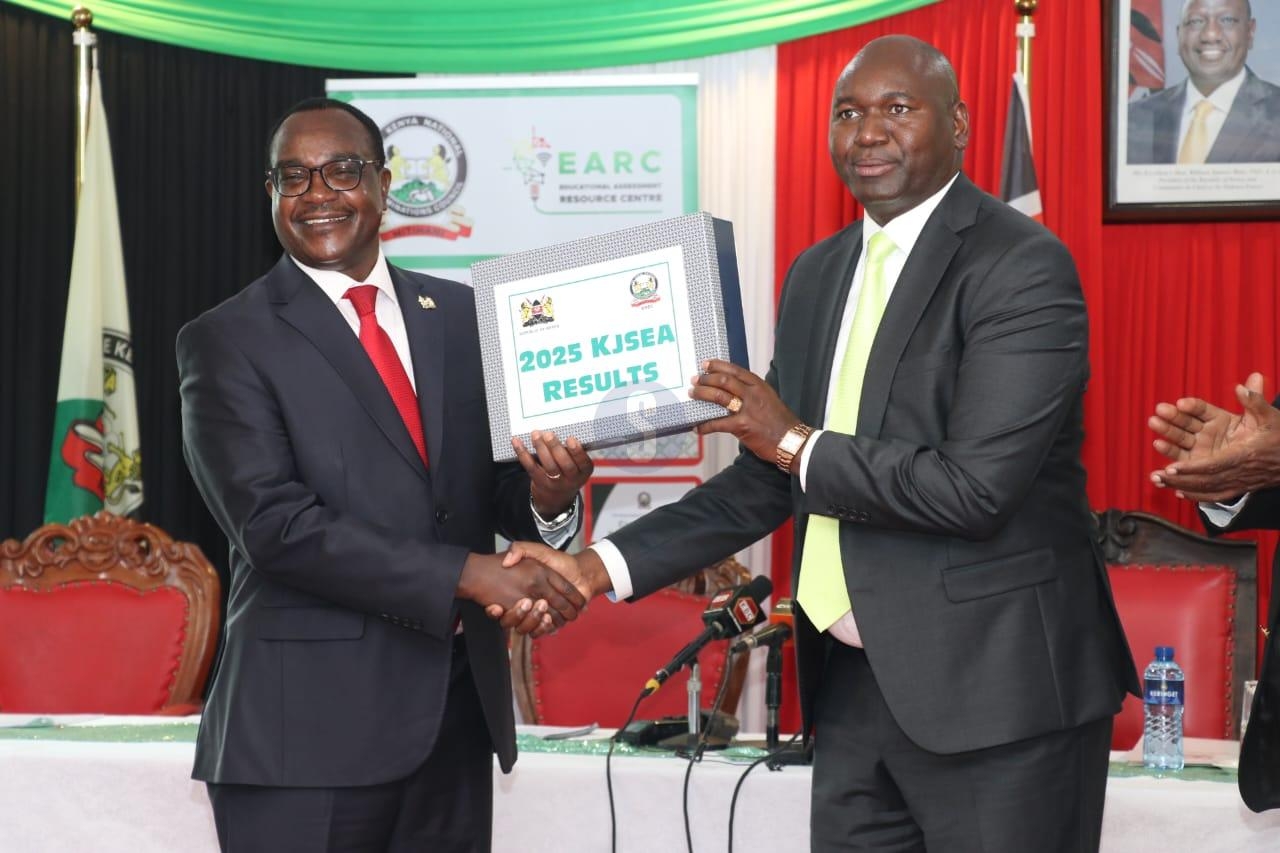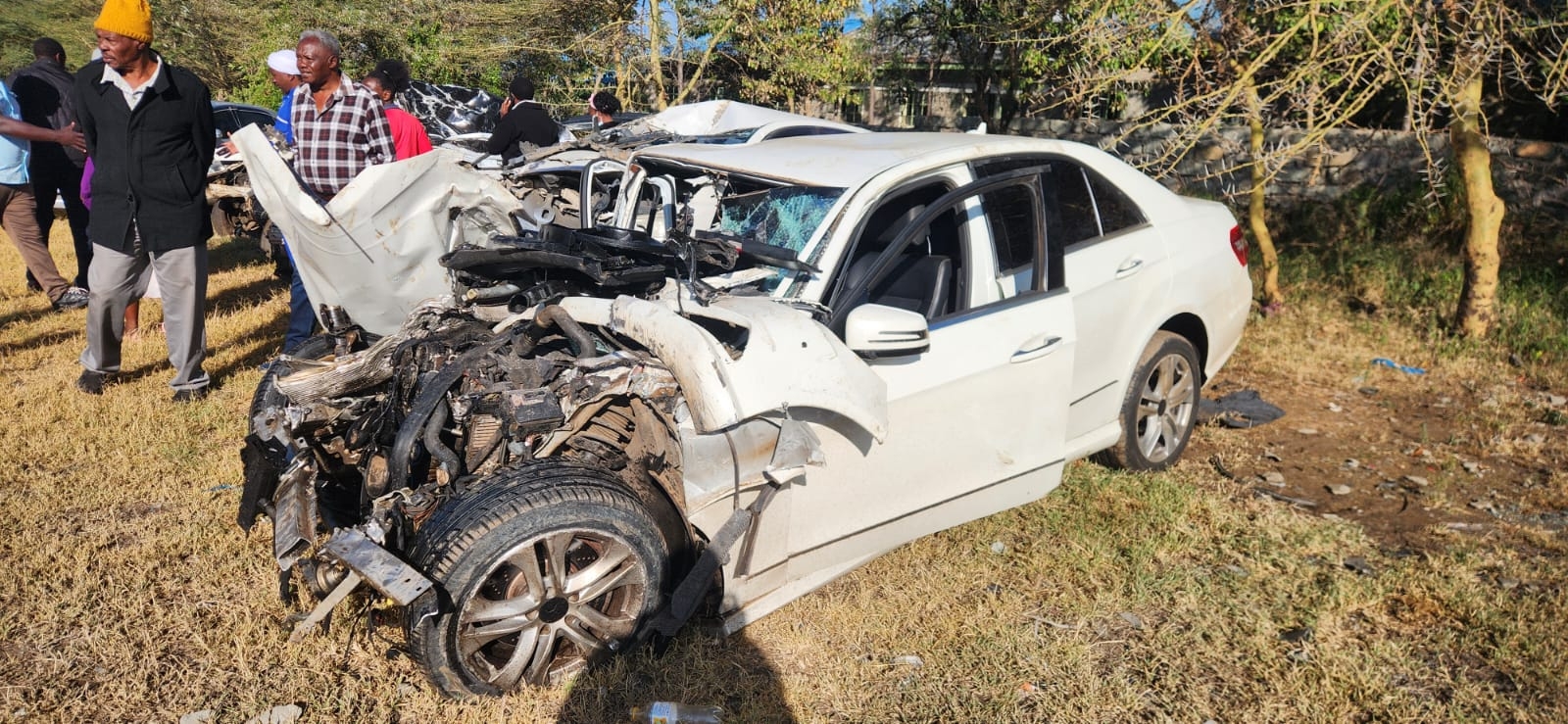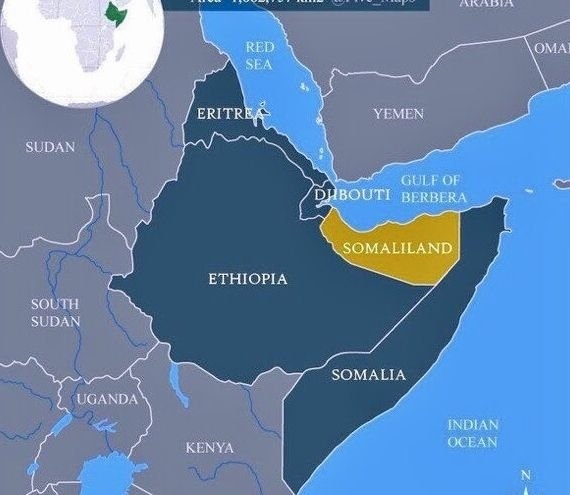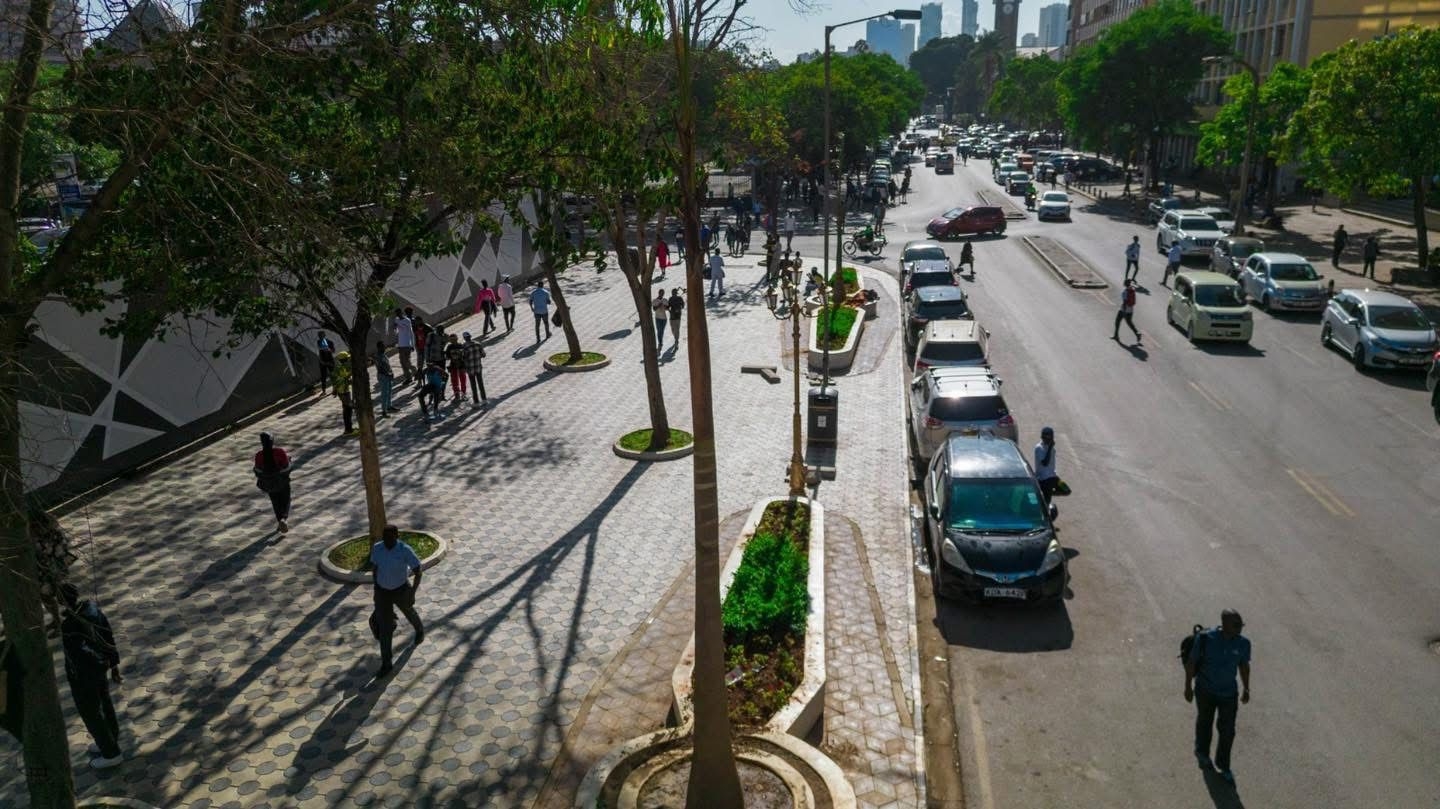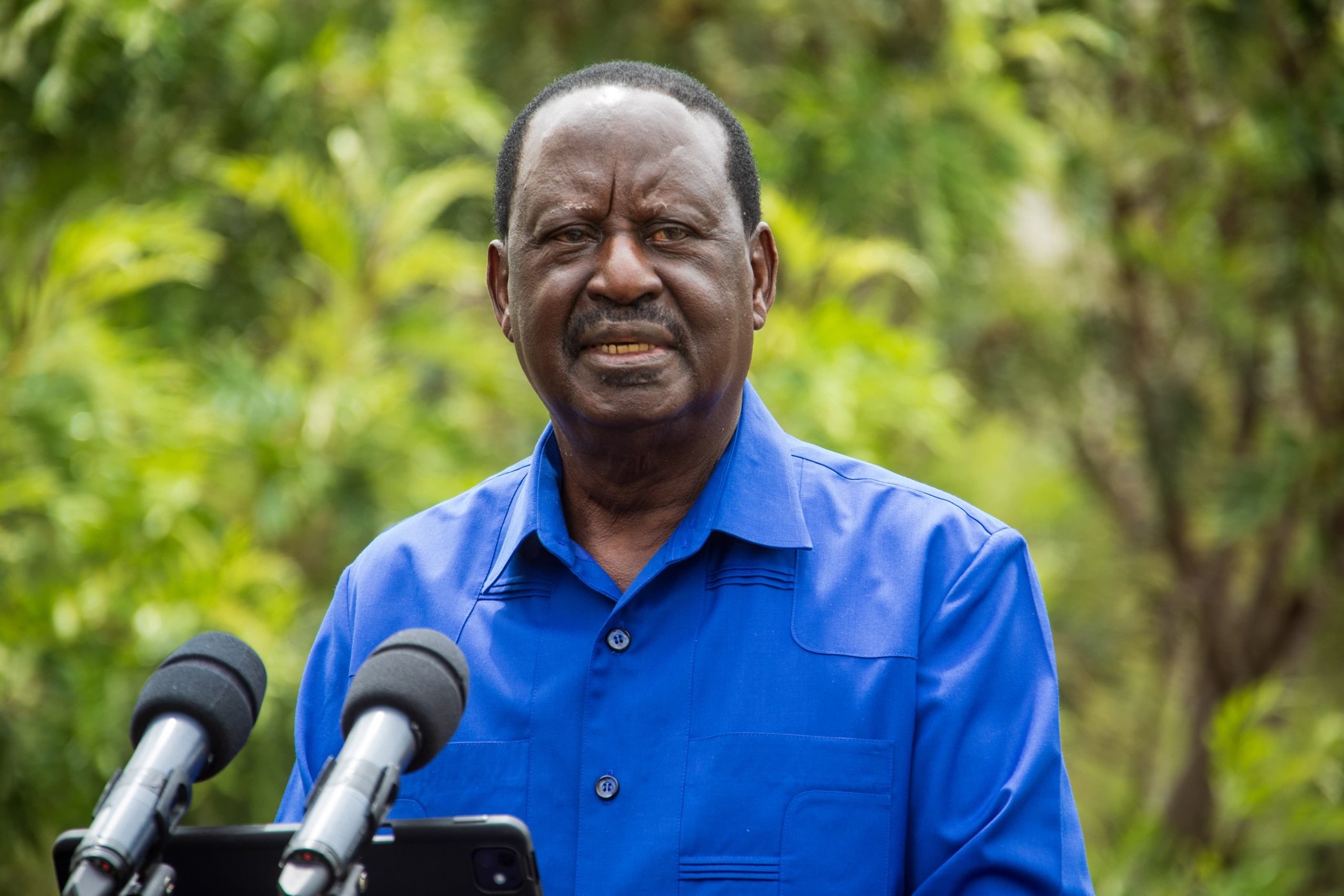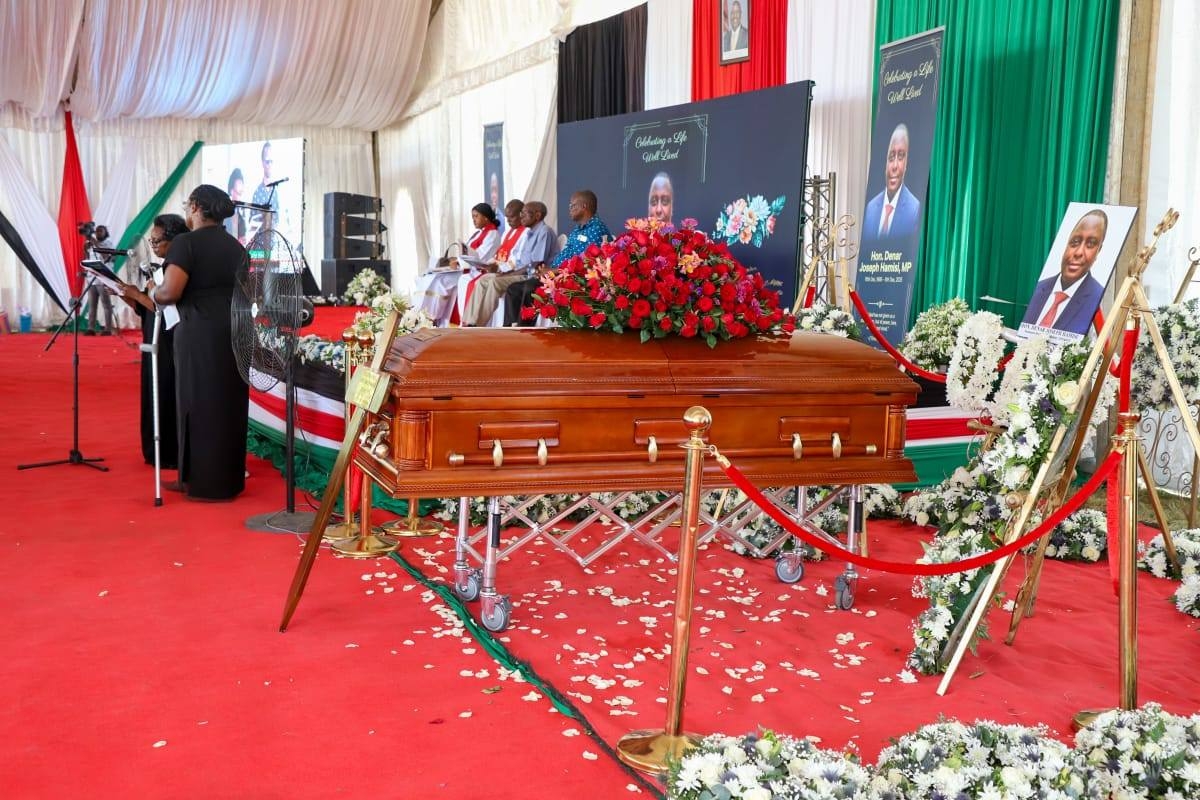Refugee camps in northern Kenya continue to swell with new arrivals, despite the promise of the long rains, which have began in western Kenya.
The UN refugee agency UNHCR said the population of Dadaab has swollen to more than 320,000 refugees, because of new arrivals.
“UNHCR and its partners are struggling to provide much-needed assistance including water, food, health care and other vital services to the most vulnerable, including children who are among the hardest hit,” the agency said in a statement.
More than 180,000 refugees from Somalia and South Sudan have so far crossed into drought-affected areas of Kenya and Ethiopia.
Since last month, the agency has been appealing for US$ 137 million to aid to 3.3 million refugees and internally displaced people in the horn of Africa region.
“As drought and insecurity persist in 2023, humanitarian needs are also expected to rise,” UNHCR said.
The latest forecast by the Kenya Meteorological Department, released on Wednesday, said more rainfall is expected around Lake Victoria and in Rift Valley highlands this week.
Northwestern Kenya as well as over some parts of North-eastern Kenya will get some rain.
“Isolated storms are expected over some of these areas,” Met director David Gikungu said in a statement.
Gikungu said Cyclone Freddy was responsible for the rainfall that is being experienced.
The rainfall this week is likely to intensify in intensity from Thursday in Wajir, Garissa, Isiolo, Mandera and Marsabit, but this is not yet the long rains for this region.
“The onset over these areas is however undefined as the rainfall is likely to be followed by long dry spells,” Dr Gikungu said.
On Tuesday, Agriculture CS Mithika Linturi said despite the rains, close to five million Kenyans are in dire need of humanitarian help.
Millions of livestock, especially in arid and semi-arid areas, have died. Thousands of wildlife have also died.
He said more maize will be imported in the next two weeks.
“I have ordered 1.4 million tonnes of white maize, I have ordered 1.1 million tonnes of rice and 500,000 tonnes of yellow maize...to ensure our animals feeds millers [are] able to produce low-cost animal feeds,” the CS told the press.
Linturi said import permits have been given to traders to ship in maize.
“We have given permits to bring in rice to substitute maize in the event that we will not get adequate stocks. The duty-free imports are supposed to be here in 14 days,” he said.
Two weeks ago, Asals and Regional Development CS Rebecca Miano said the government has released an additional Sh2 billion to secure relief food distribution to the affected counties and procurement is ongoing.
She said the National Drought Management Authority is providing livestock feed supplements and implementing water-related interventions with funding from the National Drought Emergency Fund and the European Union.
“Cumulative effects of previous successive below-average rainfall seasons have led to depletion of pasture and grazing in most ASAL (arid and semi-arid lands) counties.
This has resulted in poor body condition of livestock and widespread mortalities," she said.
"The ministry, through the NDMA, is in the process of dispatching 60,480 bags (50kgs) of livestock feed supplements worth Sh145 million to eight Asal counties. We have already dispatched feed to Kitui, Makueni, Kajiado, Marsabit and Isiolo and finalising logistics for dispatch to Mandera, Wajir and Nyeri counties.”
(Edited by V. Graham)


